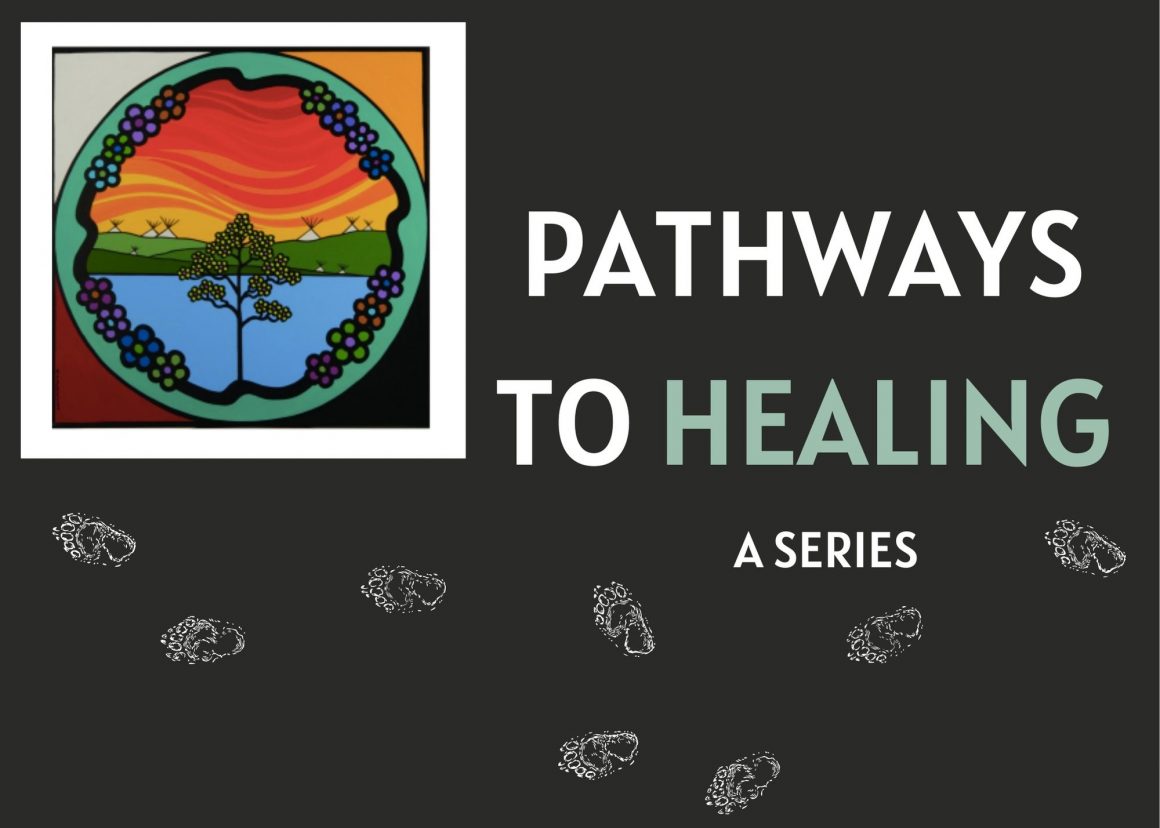
Pathways to Healing program seeks to educate on Indigenous health
By Nazeefa Ahmed, June 14 2022—
Pathways to Healing is a program under the Cumming School of Medicine at the University of Calgary that looks to provide ways to help reconciliation and healing with Indigenous individuals.
In an interview with the Gauntlet, representatives Dr. Pamela Roach and Hollison Logan spoke about the origin, purpose, and outcomes of the program after one year.
Roach is an assistant professor in family medicine and community health sciences, as well as the director of Indigenous Health Education in the Indigenous, Local, and Global Health (ILGH) Office.
“My research is […] the intersection of health services research and health education research to hopefully impact through the way we educate healthcare professionals on individual and population level Indigenous health outcomes,” said Roach.
Roach spoke on the origins of the program and its importance to Indigenous health and the bi-weekly healing circles.
“Pathways to Healing really started as a response to about a year ago. Just a few days ago it was the one year anniversary of finding the mass grave at the Kamloops Indian Residential School,” said Roach. “Pathways to Healing goes beyond making a statement. It is actually a commitment of funding to catalyze people who may be interested in Indigenous health.
“We want to host a community of practice, where people can come together to look at how we can heal from residential schools’ legacy and intergenerational trauma through medical education and research,” Roach continued.
Logan is the Indigenous Health Program coordinator working in the IGH office at the CSM.
“One thing that I really appreciate about these circles is that we have folks from all areas of the university joining,” said Logan. “Not only is it an oral practice for approaching feedback of the presentation of your project idea, but it also allows you to gather different perspectives that you might not get in a typical Western process.”
The initiative has funded three successful applications to date.
“One is to evaluate a new Indigenous health longitudinal elective for family medicine residents. One is working with the community to examine the healing nature of healing walks, which some communities have started doing since the announcement of more children’s bodies being found at residential schools. Then the other one is a partnership between education, social work and the CSM around Indigenous youth mental health,” said Roach.
When asked about reconciliation in a healthcare setting, Logan spoke of the historical and current significance.
“It’s important to remember that the healthcare system has historically, and continues to be, a source of harm and an unsafe place for many Indigenous peoples and communities,” said Logan. “It is really part of changing the narrative and working to ensure that Indigenous people receive the same quality of safety when interacting with health care systems.
“We are working toward having more Indigenous faculty students and staff working in these fields but in the meantime there’s also a need for our non-Indigenous colleagues and peers to help us with that work,” Logan continued.
In closing, Roach encourages the campus community to partake in this program.
“We do have people who joined from all over the community from nursing, social work, kinesiology, arts and history,” said Roach. “It’s a great place to connect with lots of people who are interested in this work and willing to learn to work in good ways, so I would encourage everyone to register and come to one.”
More information about the Pathways to Healing Initiative and their funding process can be found on their website.
